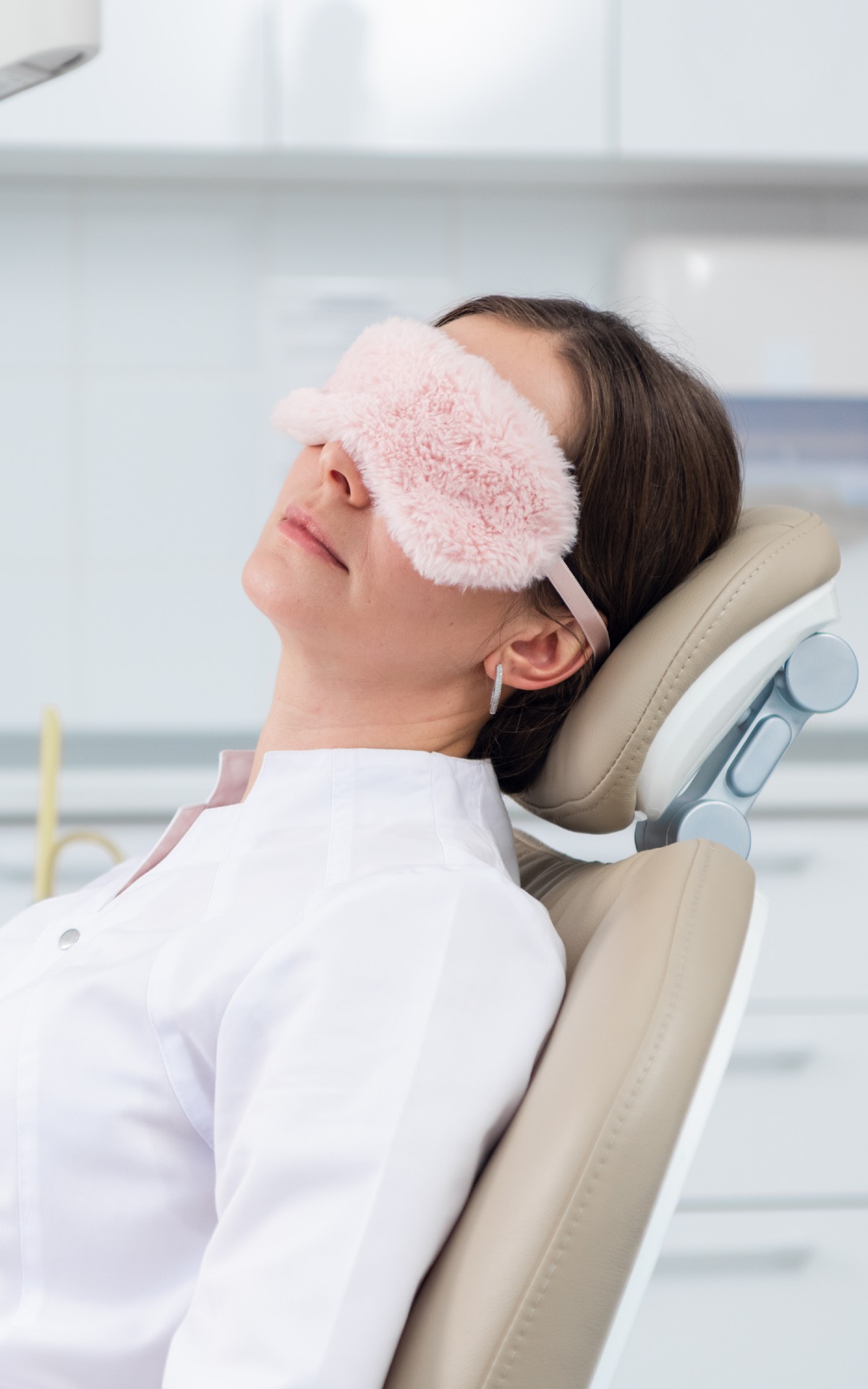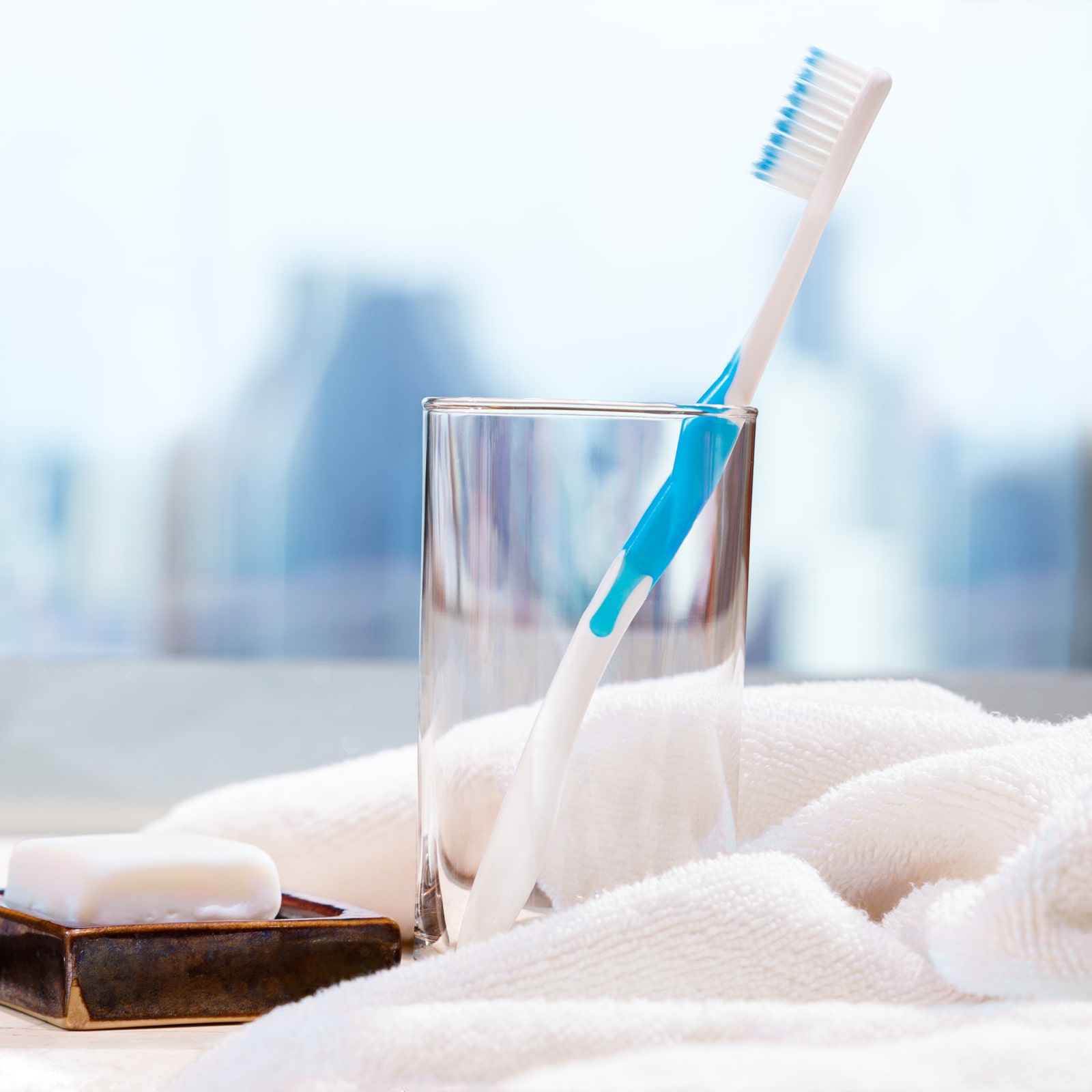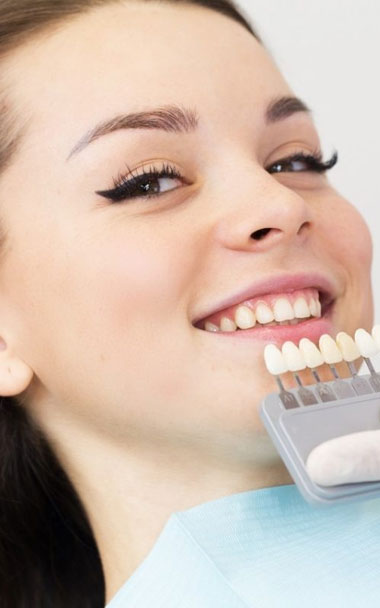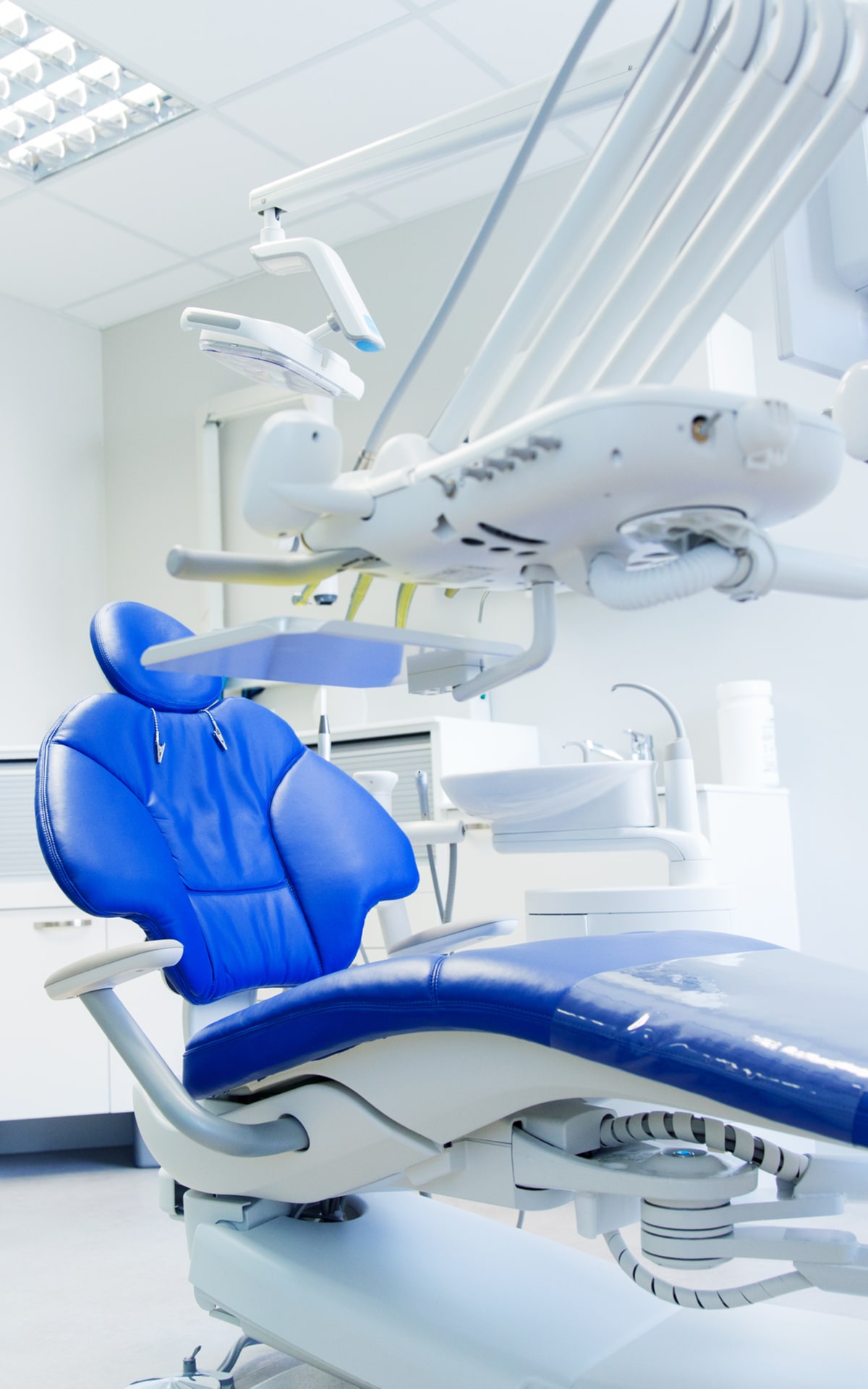4016 University Parkway
San Bernardino, CA 92407
DENTIST SAN BERNARDINO

multi-specialty
dentistry
Having a smile that you love is something everyone deserves. At Dream Smile City, we focus on delivering modern dental treatments in a friendly and professional atmosphere. With a wide range of cosmetic dental treatments in San Bernardino, we are here to help you make your smile look as impressive as possible.
TREATMENTS & PROCEDURES
Accepting All PPO & MediCal Insurances
With cosmetic dentistry in San Bernardino, you can change your smile’s shape, size, color, and overall look with a combination of treatments. In many instances, we can provide both functional and aesthetic benefits.
Our dentist will work closely with you to design a dental treatment that suits your needs and goals. We will help you through the entire cosmetic dentistry process, from choosing an appropriate treatment plan to aftercare instructions for maintaining your new smile.
Advanced Technology
Our dental treatments are tailored to you. During your initial consultation, we’ll discuss your cosmetic goals for your smile and decide on a treatment plan to help you achieve them.
When the dentistry treatment has been completed, you’ll be able to enjoy a beautiful new smile that you can feel proud of. Our cosmetic dentist will also provide comprehensive aftercare instructions to maintain your smile’s newfound aesthetic.
COMFORT OPTIONS
We want you to feel calm and relaxed during your procedure or dental visit.



gallery




Are you ready? Change your life today!
Why choose us?


What our patients say about us
Li C.
Excellent service & very professional, staff were friendly, too.
Joe B.
The staff was very friendly and helpful. I felt well taken care of. I would recommend to anyone looking to have any dental work done.
Soir R.
The dentist and staff were extremely friendly, helpful, and comforting. It was quick and I would definitely go back
Tierra P.
I just moved here and they honestly made my visit so comfortable. Everyone is so sweet and made my experience amazing. I will be back again !!
Patty L.
I’ve had extensive dental work done in the past and been through my share of dentist. Dr. Saman and his team are amazing, from the front staff, to the hygienist and assistants, very professional. Highly recommend you’ll be in good hands.
Exceptional Patient Experience
Comfortable and Inviting Atmosphere
We believe in making your dental visits as comfortable as possible. Our clinic boasts a welcoming atmosphere, ensuring you feel at ease when you step through our doors. Relax in our modern and soothing environment designed to alleviate any dental anxiety.
Patient-Centric Approach
At Dream Smile City, you are more than just a patient; you are a valued member of our dental family. Our patient-centric approach means your concerns are heard, and your questions are answered. We are dedicated to fostering a trusting relationship with each individual, ensuring a positive and stress-free dental experience.
Specialized Care for Every Patient
Understanding that each patient is unique, we offer specialized care plans designed to address individual dental concerns. Our team of skilled dental professionals takes the time to assess your needs thoroughly, crafting personalized treatment strategies that prioritize your oral health and overall well-being.
Comprehensive Dental Consultations
Embark on your journey to a radiant smile with our comprehensive dental consultations. Our team conducts thorough assessments to understand your oral health goals. Whether you seek preventive care or cosmetic enhancements, we create a roadmap to achieve and exceed your expectations.
Get Answers When You Need Them
Quick Contact

LOCATION
- 4016 University Parkway
- San Bernardino, CA 92407
- Get Directions
- (909) 375-8449
- dreamsmilecitysb@gmail.com
Hours
- Monday: 9AM - 6PM
- Tuesday: 9AM - 6PM
- Wednesday: 10AM - 7PM
- Thursday: Closed
- Friday: 9AM - 5PM
- Saturday: 9AM -3PM
- Sunday: Appointment Only






